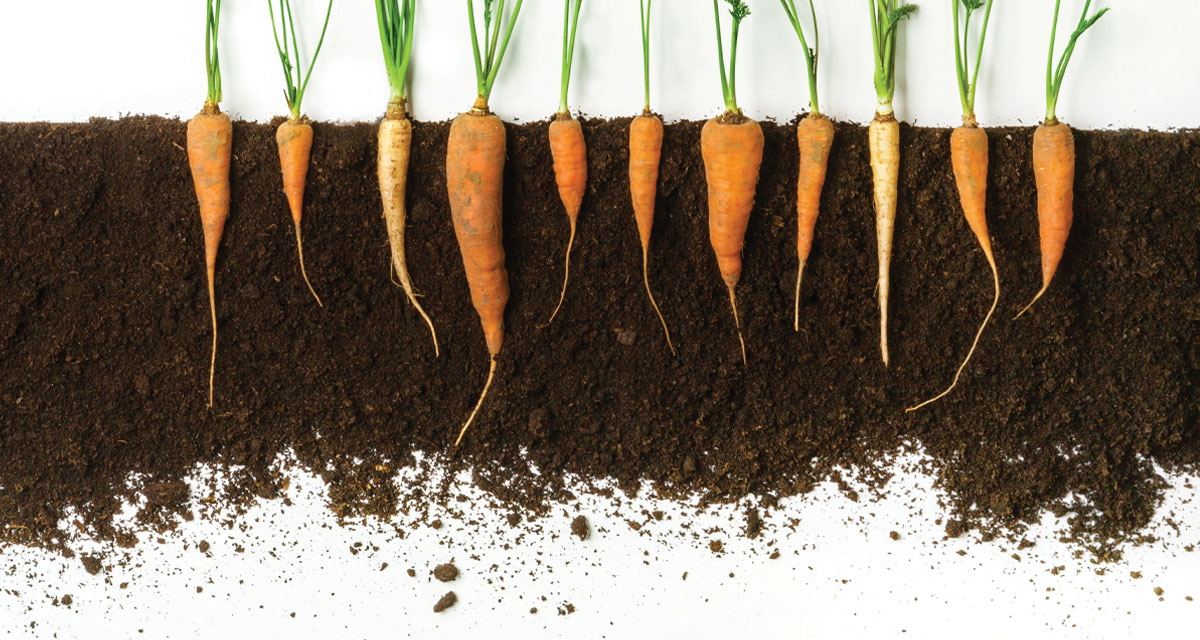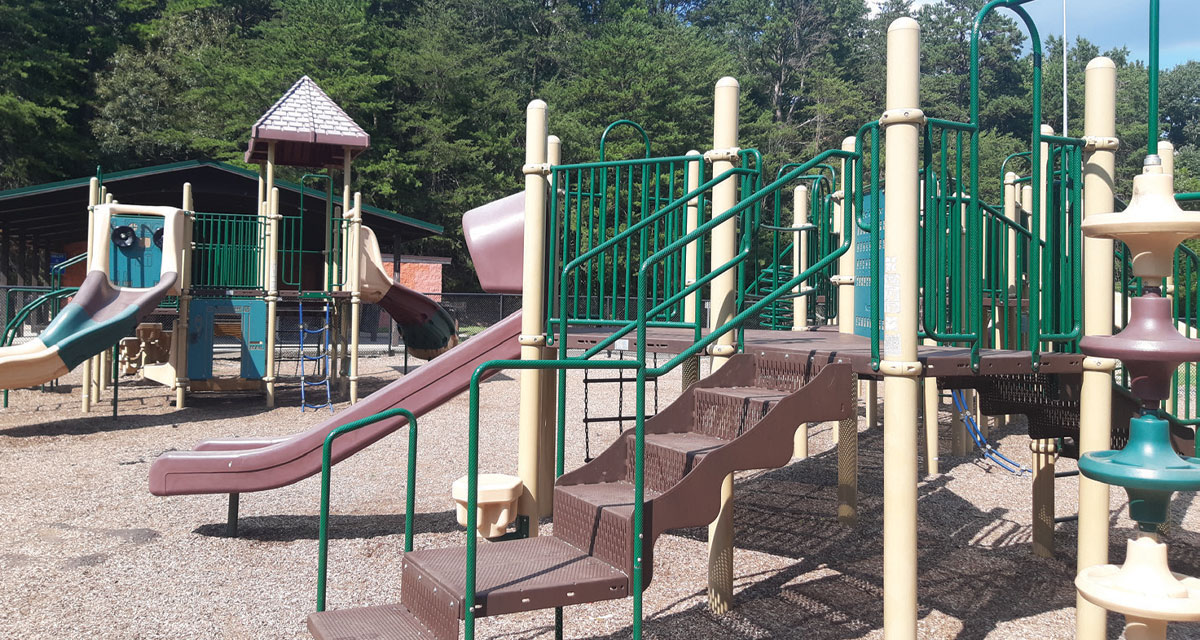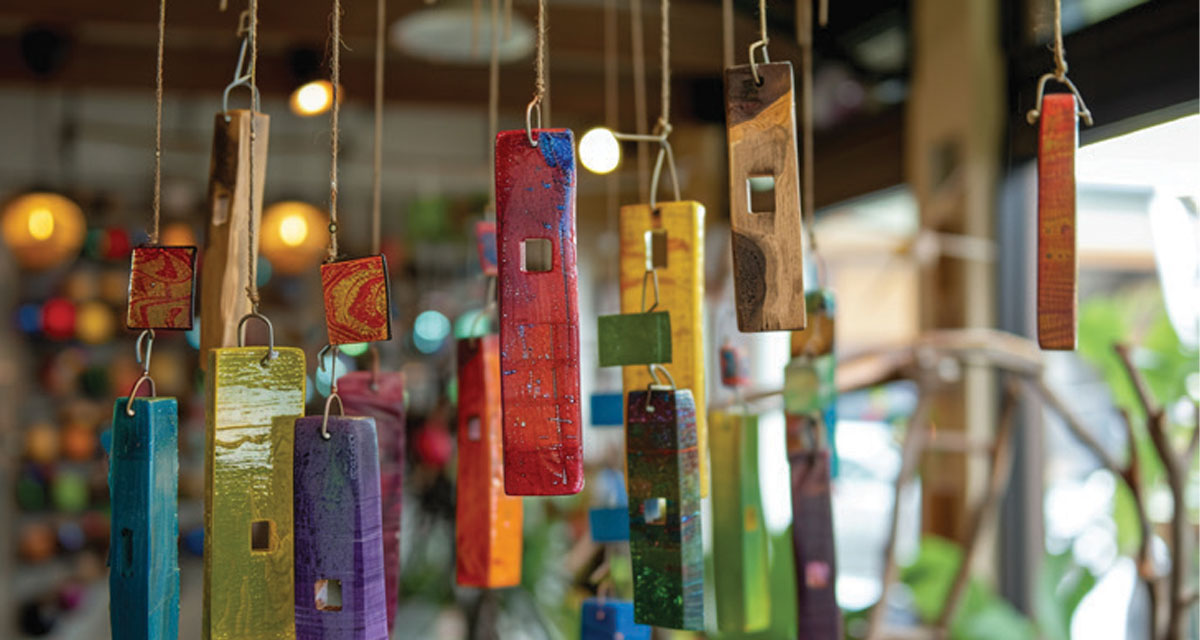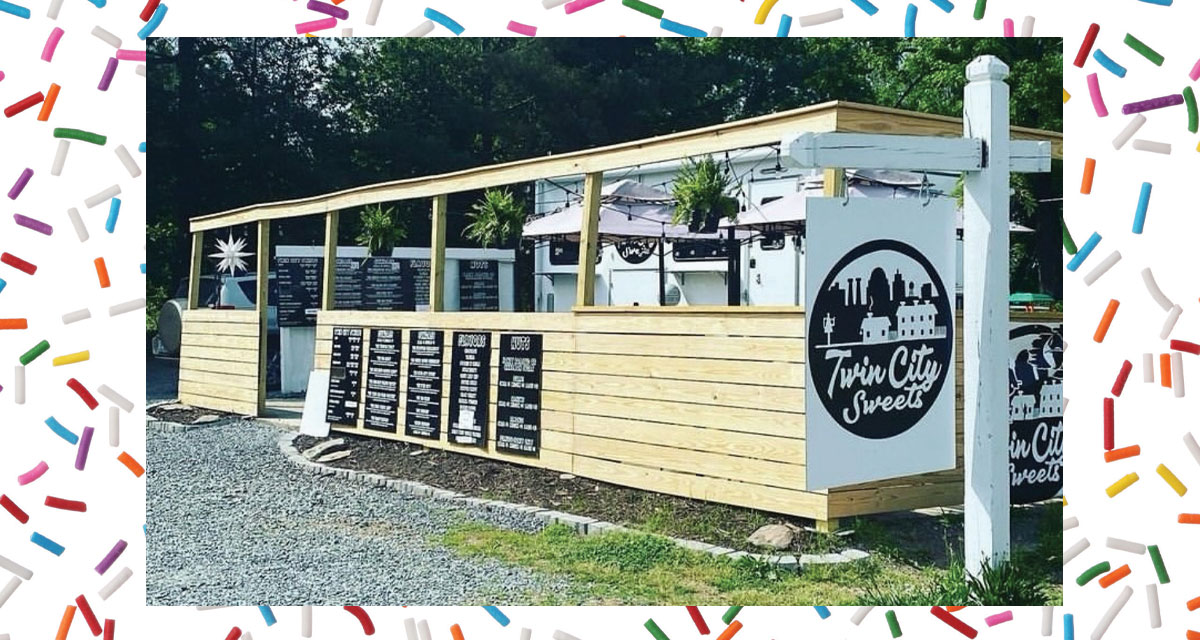Do you recall your last relocation endeavor? Stress levels undoubtedly elevated! Interestingly, similar feelings occur in another multicellular organism, a plant! Leaving one location is like tearing off excess roots. The act of a “transplant” can sometimes lead to “shock.” It takes time to adapt to an unfamiliar setting while investigating the ample room to grow and expand into a larger “home,” whether it’s a pot or underground. The new environment requires healthy conditions to promote growth; yet, if a transplant doesn’t occur, the home will stunt the potential of size and eventually cause noticeable signs of stress, such as wilting limbs and dying branches, loss of fruit or flowers, and, in time, death. 99% of the plant world requires room to grow. Less than one percent have chosen their restrictive environment. Through signs, a plant will deteriorate if it experiences root disturbances! Indeed, very dramatic!
Balloon Flower: Also named the Chinese or Japanese bellflower, the three-inch blossom appears in pink, white, and blue. Although it stands three feet tall, the diameter may extend to 18 inches, producing new shoots each spring. Underground is a fleshy root system that becomes easily damaged if disturbed. Rather than move, consider cutting back select limbs.
Carrots: A pen-tip is roughly the same size as a carrot seed. Despite the extra expense, consider buying the pre-packaged convenience called “seed tape.” As the process of germination occurs, fragile roots establish a home within the soil. Unless the gardener chooses to use a deep container for growing, it’s wise to start with seed in March, August, and September.
Corn: Most root systems remain close to the surface, while embedding a taproot deep down to anchor the plant. Healthy seeds will germinate in two to four days, and with ample water, proliferate. A hard-coated, wrinkled, or large seed, such as that of beans, corn, peas, pumpkin, squash, sunflower, and sweet peas, benefits from soaking for a maximum of 24 hours before planting. The act boosts the health of plants. Due to frost, sow seeds no earlier than May.
Cucumber: Gardening centers lure hopeful growers through the appeal of buying thriving plants. Cucumbers, like many plants, suffer from transplant shock. Environmental conditions need to be stable for the plant to survive. The soil temperature, a minimum of 70 degrees, and direct sun exposure will aid in healthy growth. If necessary, staple black plastic pieces around the stem. Wait until late May to early June to plant.
Hollyhock: Similar to a hibiscus, the petals of the hollyhock are striking and fragile. Winds can snap stalks if not planted in a secure location. The challenge in transplanting is its need for moisture, and the entire root system. Wait until late fall. One day before, water the plant thoroughly and prepare a new hole, twice as wide as the expected root ball and the same depth. On the day of extraction, fill the new hole with water. Carefully remove the root ball and try not to break any extended systems. Use a bucket; fill halfway with water, to transfer the hollyhock to its new location.
Milkweed: “Calling all Monarch butterflies!” Did you know the only plant that provides a source of food for the Monarch is the milkweed? Due to the fewer number of milkweed growing, the Monarch’s number has dwindled. Although milkweed can grow wild, most gardeners find its location rather inconvenient. The difficulty in transplanting is the taproot or the central anchor of the plant. If you attempt to dig or pull it out, it will likely snap and kill the plant.
Pumpkin: A harvest in October requires planting in June at a depth three times the seed’s diameter. Due to its rapid growth, pre-grown plants may not embed their roots and thrive like the germinated seed. Two success points: pumpkins need water to extend energy and moisture to the fruit, and avoid planting alongside potatoes.
Squash: You have until the end of May to plant squash plants. Consider transplanting them to a larger pot and give them extended time to grow. Often, small plants are susceptible to cucumber beetles and slugs, while developed transplants are more immune.
Spend each morning tending to your plants by extracting nutrient-hungry weeds and thoroughly watering. Large leaves such as pumpkin and squash can produce a colony of aphids. Take the time to look at the underside of the leaves and the stems to ensure your plants remain healthy!
*Lisa Doss is an NC State Extension Master Gardener Volunteer and a State Certified Beekeeper.























